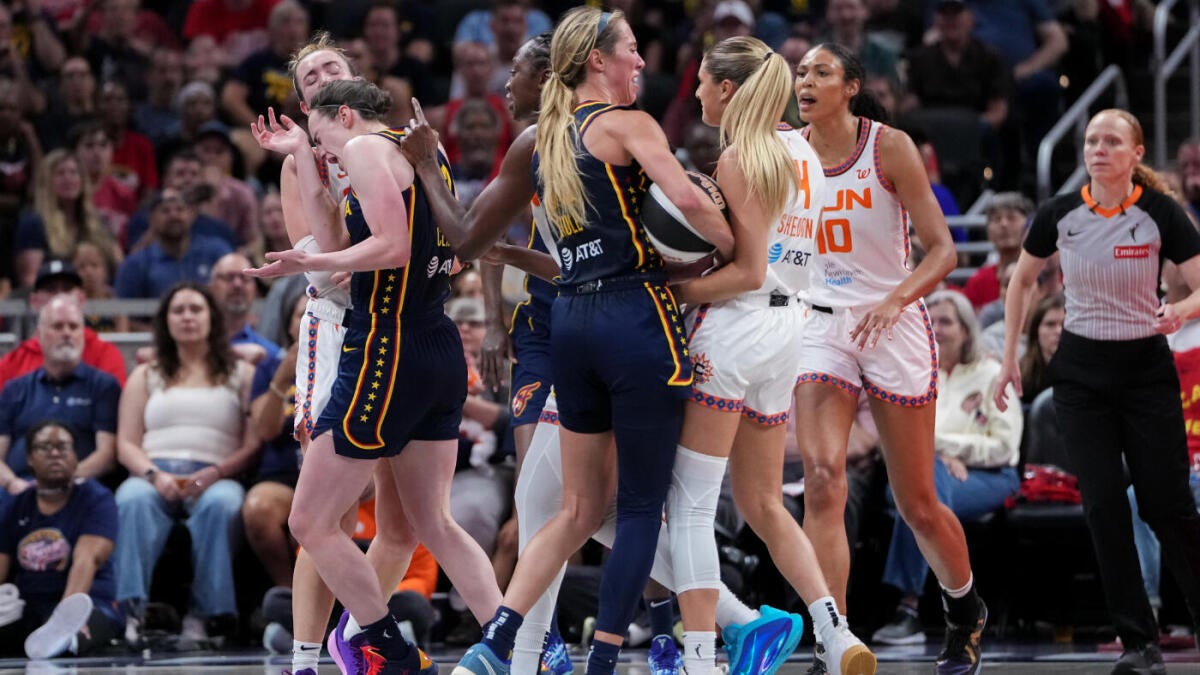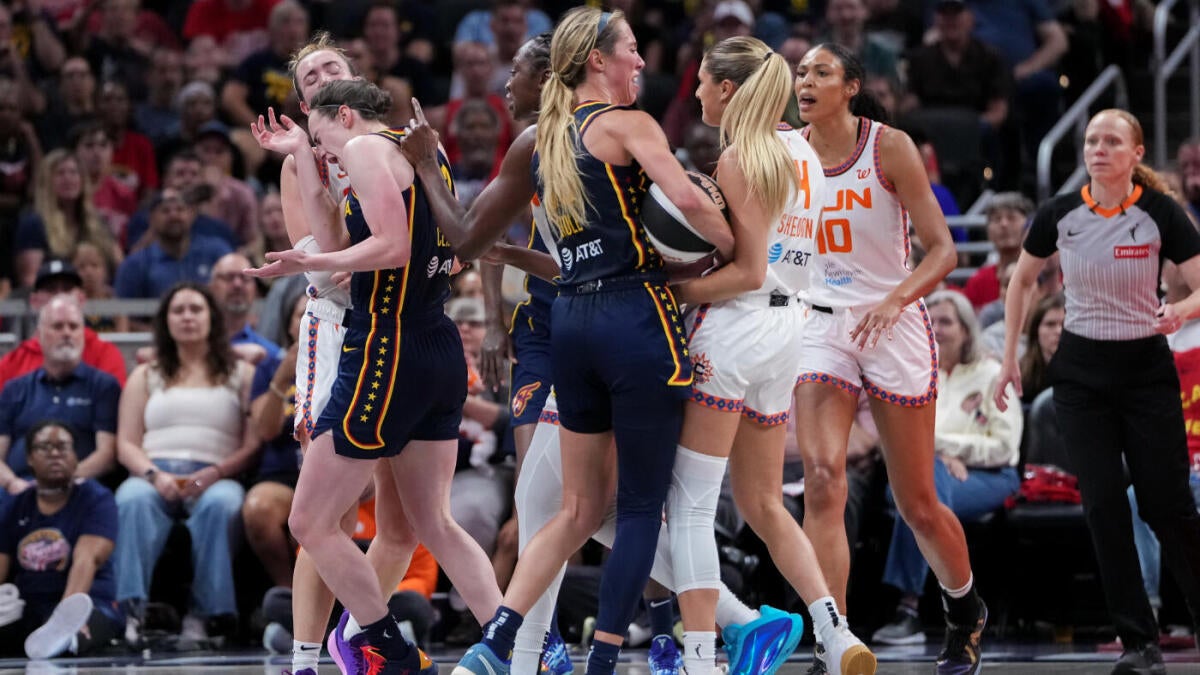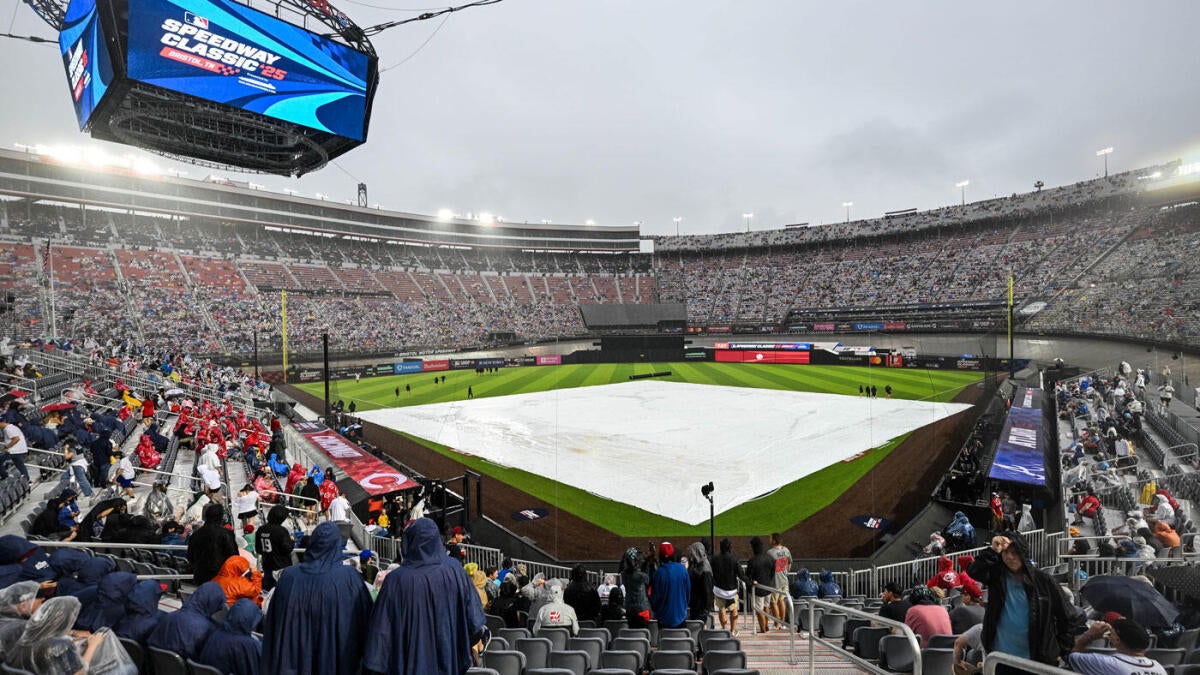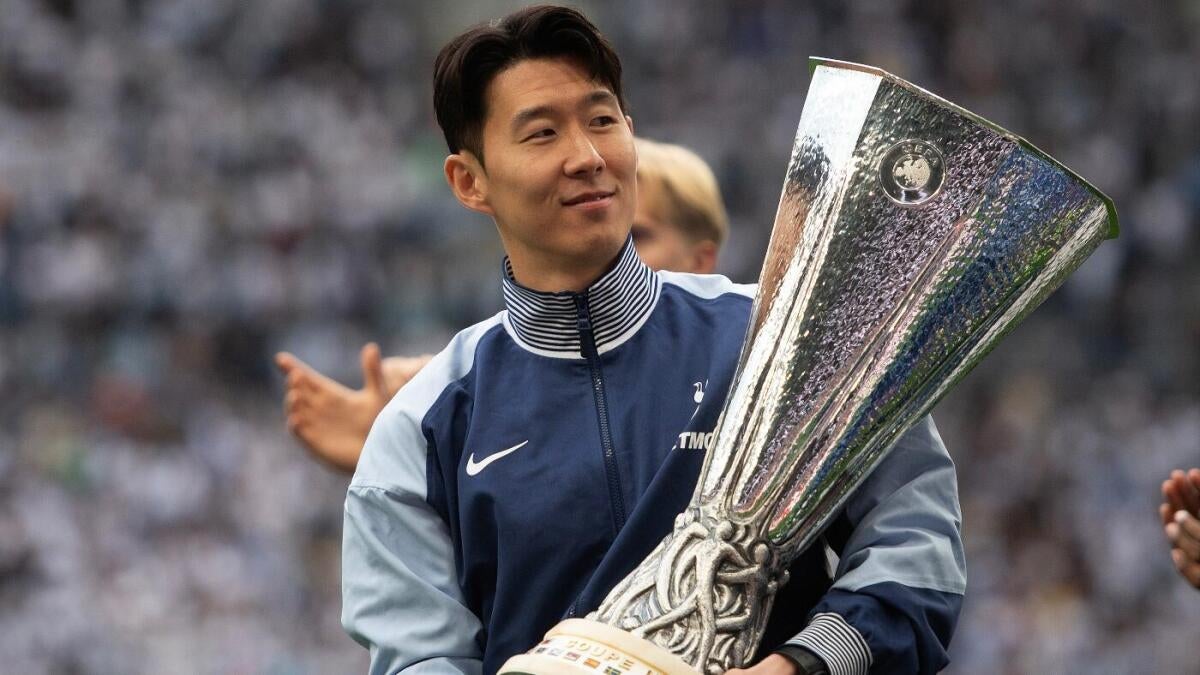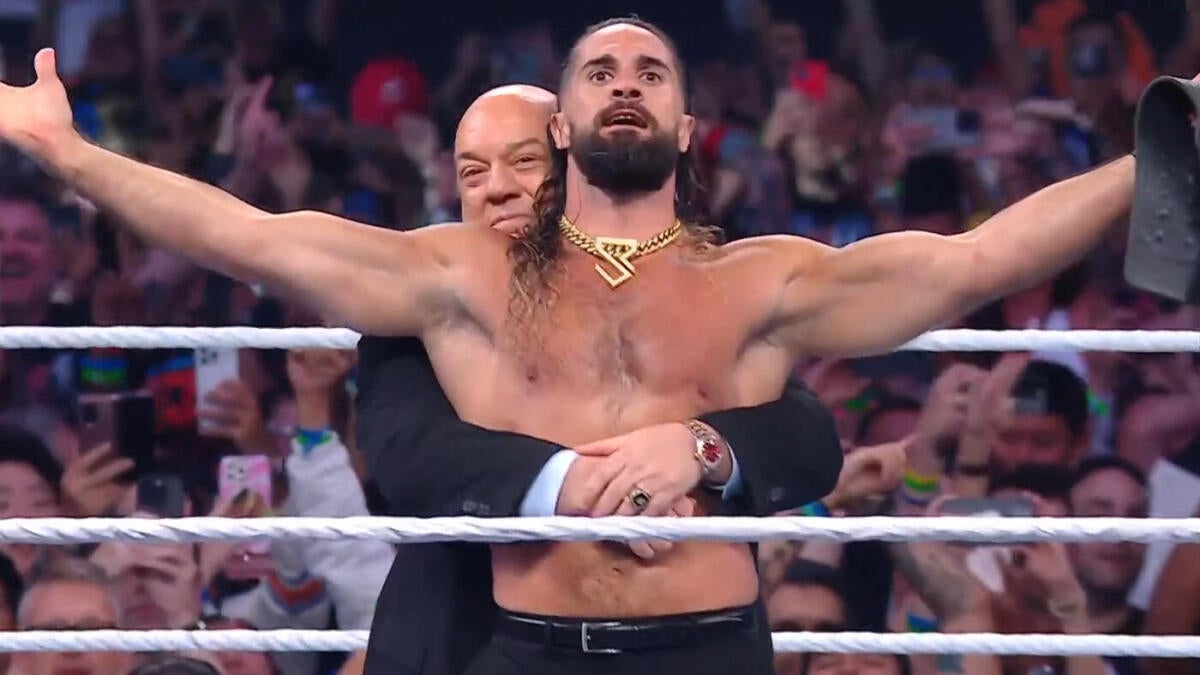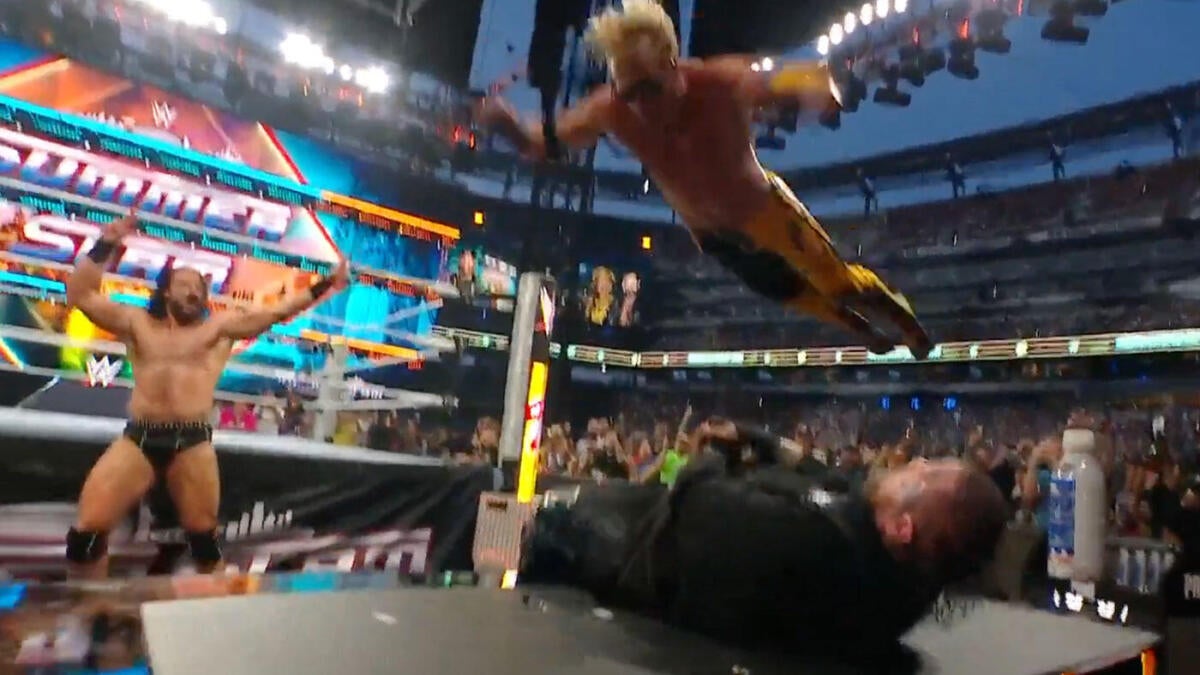The Escalating Tensions: A Detailed Analysis of the Caitlin Clark-Marina Mabrey Incident
The WNBA game between the Indiana Fever and the Connecticut Sun on Tuesday night was marred by a physical altercation that has sparked widespread debate. The incident involved star rookie Caitlin Clark and veteran guard Marina Mabrey, highlighting issues of player safety, officiating, and the intense scrutiny surrounding Clark’s entry into the league. This report delves into the sequence of events, the league’s response, and the broader implications of the incident.
The Initial Incident: A Shove and Subsequent Scuffle
The controversy began with a shove by Marina Mabrey on Caitlin Clark during a play. Multiple video angles confirmed that Mabrey forcefully pushed Clark to the floor, immediately igniting a reaction from players on both teams. The situation escalated as Tina Charles of the Sun also appeared to make contact with Clark, adding to the chaos. The initial officiating resulted in technical fouls for Clark, Mabrey, and Charles, while Jacy Sheldon of the Sun received a Flagrant 1 foul. However, the lack of an immediate ejection for Mabrey drew significant criticism, with many observers believing the severity of the shove warranted immediate removal from the game. The unusual circumstance of Mabrey not being immediately eligible for a flagrant foul review due to the nature of the push further complicated the situation.
League Response: Flagrant-2 Upgrade and Fines
In response to the public outcry, the WNBA upgraded Mabrey’s technical foul to a Flagrant-2 foul, indicating a more egregious act of unnecessary or excessive contact. While Mabrey avoided suspension, she and Sophie Cunningham were both fined $2,000 for their involvement in the altercation. The league acknowledged a mistake in the initial officiating, admitting that referees should have reviewed the play for a potential ejection in real-time. This admission further fueled the debate surrounding the consistency and accuracy of officiating in the league. The WNBA’s handling of the situation was met with further scrutiny, with many fans and analysts expressing the belief that the punishment was insufficient given the visible force of the shove.
The Context: Clark’s Impact and Increased Scrutiny
The incident cannot be viewed in isolation. Caitlin Clark’s arrival in the WNBA has brought unprecedented attention to the league, drawing a larger audience and increased media coverage. Her games have consistently seen higher viewership numbers, and her presence has undeniably elevated the league’s profile. However, this heightened attention has also come with increased scrutiny, particularly regarding the physicality of the game and the protection of the rookie star. Prior to the incident with Mabrey, Clark had already experienced a number of physical plays and hard fouls, leading to concerns about whether she was being unfairly targeted. The Sun’s coach attempted to justify Mabrey’s actions by highlighting the competitive nature of the game, but this justification did little to quell the criticism, with many arguing that there is a clear distinction between competitive play and intentional physicality.
Player Reactions and Broader Implications
The incident sparked a range of reactions from players across the league. Some expressed support for Clark, emphasizing the need to protect players from unnecessary roughness. Others defended Mabrey, arguing that the shove was a result of the intensity of the game and that Clark, as a rookie, needs to be prepared for the physicality of the professional level. The fallout from the altercation has broader implications for the WNBA. It has reignited the conversation about player safety and the need for consistent officiating. The league must demonstrate a commitment to protecting its players while maintaining the integrity and competitive spirit of the game. Furthermore, the incident underscores the challenges of managing the increased attention that Clark has brought to the league, ensuring that the focus remains on the quality of play and the accomplishments of all players, not just one individual.
The Fever’s Performance Amidst the Controversy
Despite the distraction of the incident, the Indiana Fever have been performing well since Clark’s return from a quadriceps injury on June 13th. The team was on a winning streak prior to their first loss of the season against the Atlanta Dream. Clark herself has been a key contributor to the Fever’s success, recently becoming the WNBA’s all-time leader in 20-point, 10-assist games after just 42 games played. Her ability to perform at a high level despite the increased physicality and attention she receives is a testament to her skill and resilience. This performance highlights the team’s strength and Clark’s individual prowess, even in the face of adversity.
A League at a Crossroads
The Caitlin Clark-Marina Mabrey incident represents a pivotal moment for the WNBA. The league’s response, both in the immediate aftermath and in the long term, will shape its image and influence its future. Addressing concerns about officiating consistency, player safety, and the fair treatment of all players is crucial. The WNBA has an opportunity to leverage the increased attention brought by Clark to promote the league, showcase its talented athletes, and establish a standard of excellence both on and off the court. Failing to do so risks undermining the progress the league has made and jeopardizing its long-term success. The incident serves as a stark reminder that navigating the complexities of a rapidly evolving sports landscape requires proactive leadership, transparent communication, and an unwavering commitment to the well-being of its players.
Conclusion: A Call to Action
The WNBA stands at a crossroads, and the actions taken in response to the Clark-Mabrey incident will define its future. The league must prioritize player safety and consistent officiating to maintain the trust of its fans and players. By doing so, the WNBA can continue to grow and thrive, ensuring that all athletes have the opportunity to succeed in a fair and competitive environment. The spotlight on Caitlin Clark has brought both challenges and opportunities, and how the league addresses these will determine its legacy. The time for action is now, and the stakes have never been higher. The future of the WNBA depends on its ability to adapt, innovate, and lead with integrity.







